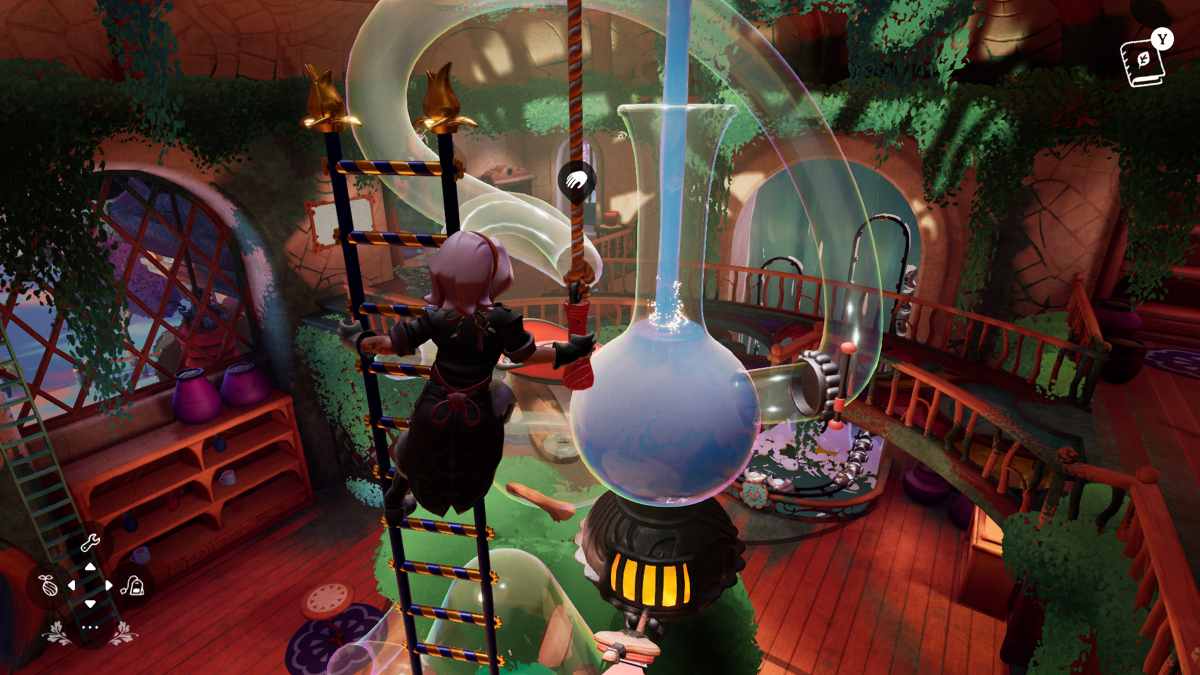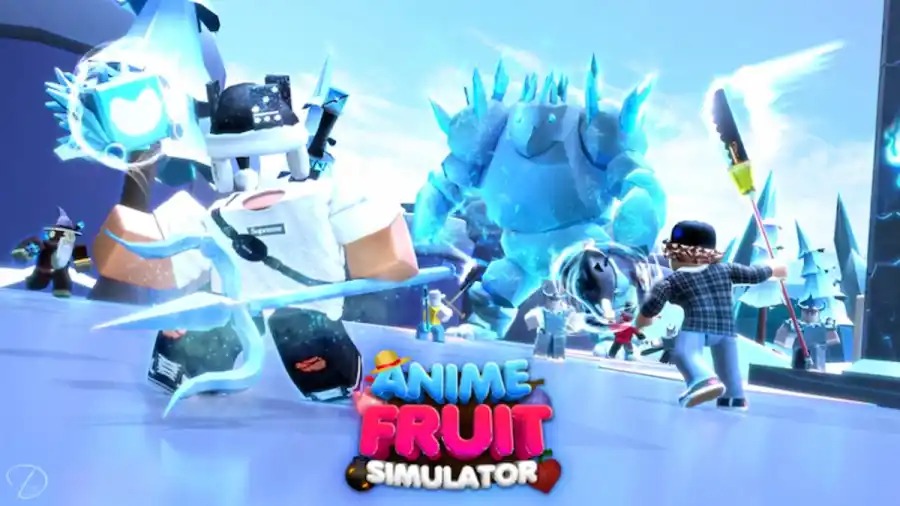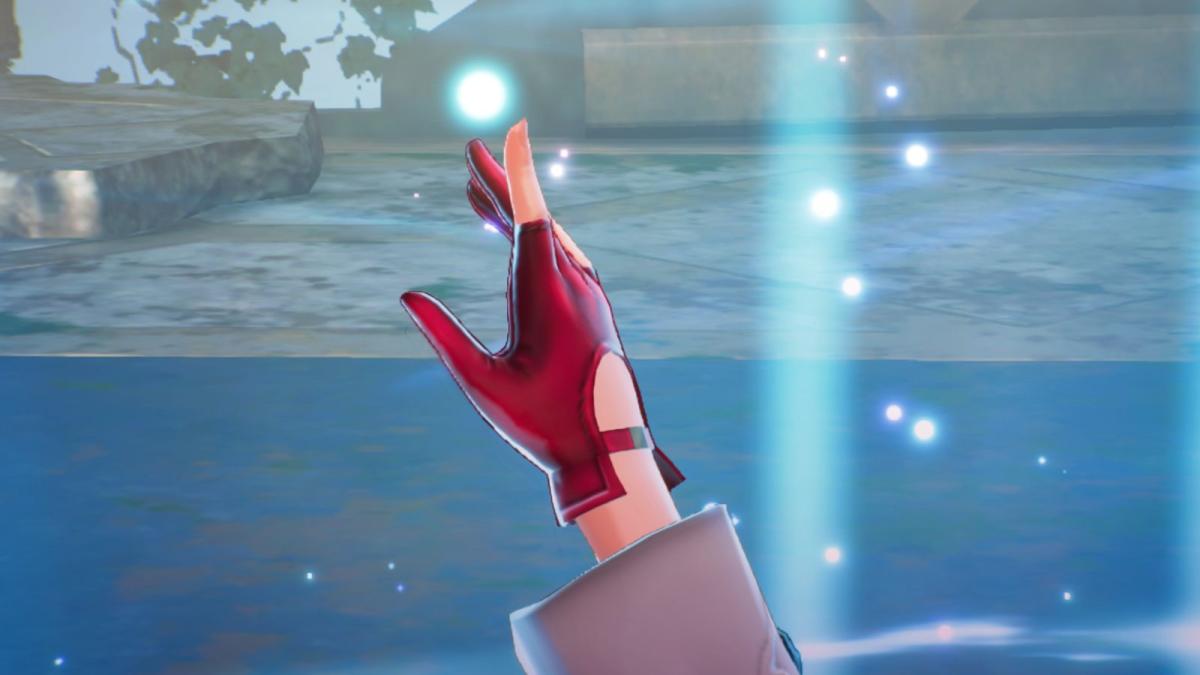One of the world’s largest video game publishers has bought out esports tournament organiser and broadcaster Major League Gaming.
In an unprecedented move, first reported by Esports Observer, Activision Blizzard has purchased MLG in a $46 million deal. The move is part of the company’s plans to expand its recently formed esports division.
In October, then-MLG president Mike Sepso joined Activision Blizzard in to head the company’s new esports arm.
According to the official release, the focus of the acquisition appears to be the proven streaming and production credibility that MLG can bring to the table. The company has delivered events for Call of Duty, CounterStrike, Dota 2 and a host of other esports titles.
While Activision Blizzard has its own esports interests, both as Activision and Blizzard, the existing esports teams within those companies will not be a part of the new division. In November Sepso told the Daily Dot that his new department would focus on “esports as a media business.”
Announcing the move, Activision Blizzard CEO Bobby Kotick had a bold and familiar mission statement.
“Our acquisition of Major League Gaming’s business furthers our plans to create the ESPN of esports,” Kotick said. “MLG’s ability to create premium content and its proven broadcast technology platform–including its live streaming capabilities–strengthens our strategic position in competitive gaming.”
The “ESPN of esports” line has bandied about by a half-dozen media companies looking to get into esports over the years. And as in those cases, it’s not clear what exactly Activision Blizzard intends by the comparison, considering ESPN’s size and the diversity of its media offerings.
The announcement also made clear that MLG will continue to deliver events and broadcasts across a plethora of esports titles, not just Activision Blizzard properties—which should allay any fears over MLG might cancel its planned Counter-Strike major after the acquisition.
Whether this means delivering esports on television, expanding esports shoulder content and coverage or something completely different isn’t clear.












Published: Jan 4, 2016 05:00 pm